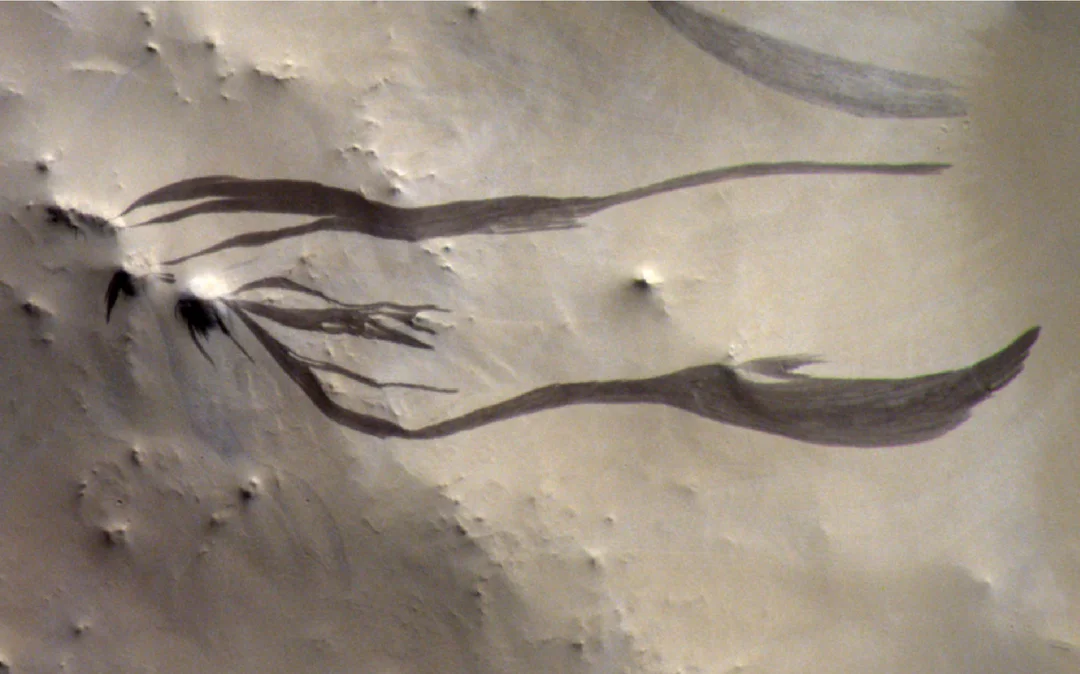
Martian Streaks: New AI Study Debunks Water Theory, Points to Wind and Dust
For decades, the mysterious dark streaks adorning the slopes of Mars have tantalized scientists, fueling speculation about the possibility of liquid water and habitable environments on the Red Planet. However, a groundbreaking study utilizing artificial intelligence has shattered this long-held belief. Far from being evidence of flowing water, these enigmatic Martian streaks, known as slope streaks and recurring slope lineae (RSLs), are likely the result of wind and dust, according to new research published in Nature Communications.
The study, led by planetary scientists from Brown University and the University of Bern, employed a sophisticated algorithm trained on over 86,000 high-resolution satellite images. This allowed the researchers to create the first comprehensive global map of Martian slope streaks, encompassing over half a million features.

Valentin Bickel, co-author of the study and a University of Bern Center for Space and Habitability fellow, highlighted the importance of this comprehensive approach. "Once we had this global map, we could compare it to databases and catalogs of other things like temperature, wind speed, hydration, rock slide activity and other factors. Then we could look for correlations over hundreds of thousands of cases to better understand the conditions under which these features form."
The analysis revealed a surprising absence of correlation between slope streaks and factors typically associated with liquid water, such as specific slope orientations, high humidity, or surface temperature fluctuations. Instead, the study found a strong link between the streaks and areas with above-average wind speeds and dust deposition.
This discovery suggests a dry process at play, where dust layers abruptly slide down slopes, triggered by external forces like wind gusts or impact events. The researchers theorize that shockwaves from recent-impact craters could shake surface dust, initiating the formation of these streaks. RSLs, on the other hand, appear to be more common in areas with frequent rockfalls or dust devils.

The findings have significant implications for future Mars exploration. Adomas Valantinas, a planetary scientist at Brown University, emphasized that the study's conclusions reduce the risk of contaminating potential Martian habitats. "That's the advantage of this big data approach. It helps us to rule out some hypotheses from orbit before we send spacecraft to explore."
While the idea of water on Mars continues to captivate the public imagination, this new study serves as a reminder that not every scientific breakthrough needs to be about extraterrestrial life. It's a testament to the power of AI and big data in unraveling the mysteries of our solar system.
This research underscores the dynamic nature of the Martian surface, shaped by aeolian processes and occasional impacts. It highlights the importance of considering alternative explanations for geological features before jumping to conclusions about the presence of water and habitable environments.
What do you think about this new perspective on Martian streaks? Share your thoughts and opinions in the comments below!